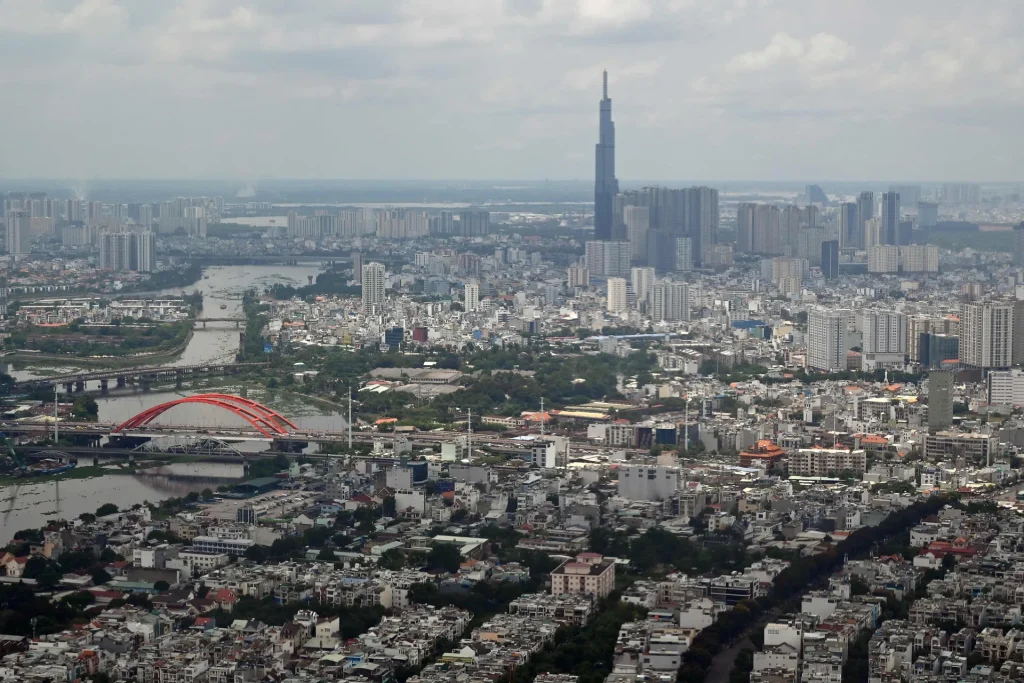[HO CHI MINH CITY] Vietnam’s parliament on Thursday (Jun 12) green lit a sweeping administrative overhaul, cutting its 63 provinces and cities into just 34, which will redraw the national map. This includes trebling Ho Chi Minh City’s size as it absorbs nearby industrial and port hubs.
Under the resolution approved by the National Assembly, 11 provinces and cities – including Hanoi – remain unchanged, while the remaining 52 are merged into 23 new administrative units. The reorganised local governments will become operational on Jul 1.
This slashes the total number of provinces and cities to its lowest since reunification 50 years ago.
Speaking at the 11th Conference of the 13th Party Central Committee on Apr 12, general secretary of the Communist Party of Vietnam, To Lam – the country’s most powerful man – underlined that the reorganised local governments must be streamlined, efficient, close to the people, and capable of meeting the demands of modern governance while achieving fast and sustainable growth.
“This administrative reorganisation is guided by scientific principles, innovation and practical realities, with a long-term vision for at least 100 years, ensuring the creation and expansion of new spaces for economic, social and cultural development in line with the country’s growth goals,” he stated.
Vietnam has set its sights on becoming a high-income nation by 2045, with the government targeting double-digit economic growth during the 2026-2030 period to accelerate progress towards that goal.
A NEWSLETTER FOR YOU

Friday, 8.30 am
Asean Business
Business insights centering on South-east Asia’s fast-growing economies.
Ho Chi Minh City, the country’s southern metropolis, now becomes a megacity of 14 million people as it expands to include the industrial hub of Binh Duong and the port province of Ba Ria-Vung Tau.
In a discussion on Wednesday, Minister of Home Affairs Pham Thi Thanh Tra noted that the mergers are not based solely on geographic proximity, but rather on territorial configuration. They were planned while keeping in mind the various places’ orientation towards the sea, so as to support the formation of major economic centres, she said.
Following the merger, 62 per cent (21 out of 34) of the localities are now coastal, up from 44 per cent (28 out of 64) previously. This aims to fully leverage the advantages of the maritime economy and enhance regional connectivity, she added.
The country’s local governments have already been restructuring to a two-tier administrative model, including the elimination of districts and reduction of communes to prepare for the nationwide consolidation.
The Business Times explores key highlights of Vietnam’s historic merger of its provinces and examines how the reshaped nation compares with its Asean neighbours:


